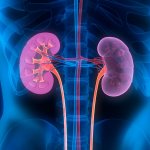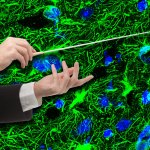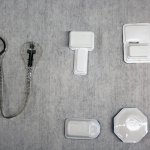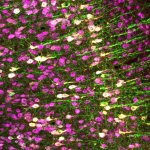
News • Fueled by glucose
No batteries required: powering medical implants with body sugar
In the future, health monitors and medical devices could be powered by the body’s natural sugars: A new research project aims to harness power from glucose for implantable medical devices.



























































































































